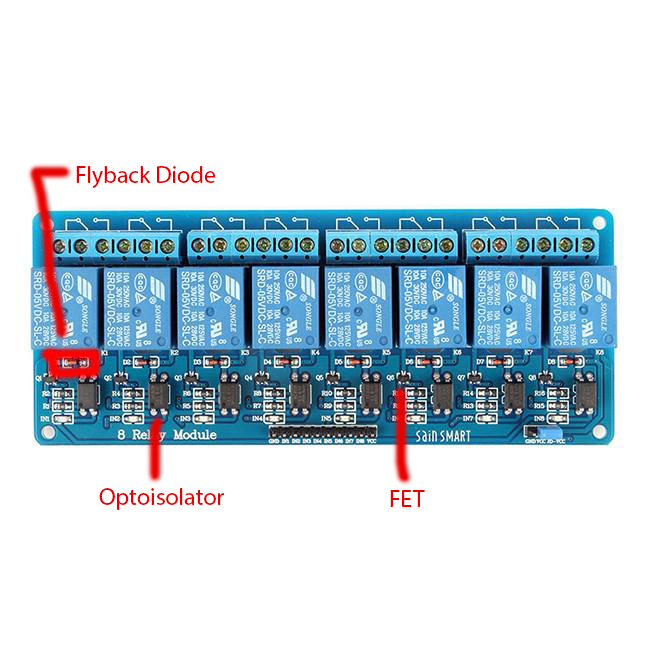- Joined
- Feb 16, 2018
- Messages
- 14
- Reaction score
- 15
Ok, each one needs 15-20mA Driver Current. still too much for the pi to handle.
It looks like it drives opto's,
http://www.mosaic-industries.com/em...spberry-pi/gpio-pin-electrical-specifications
I did a lookup what the pi can handle: the maximum you can source from all the GPIO outputs simultaneously is less than 50 mA.
4 times 15 mA for four relays means 60 mA, and we didn't considder the pi itself that also uses gpio for several stuff.
It looks like it drives opto's,
http://www.mosaic-industries.com/em...spberry-pi/gpio-pin-electrical-specifications
I did a lookup what the pi can handle: the maximum you can source from all the GPIO outputs simultaneously is less than 50 mA.
4 times 15 mA for four relays means 60 mA, and we didn't considder the pi itself that also uses gpio for several stuff.




















